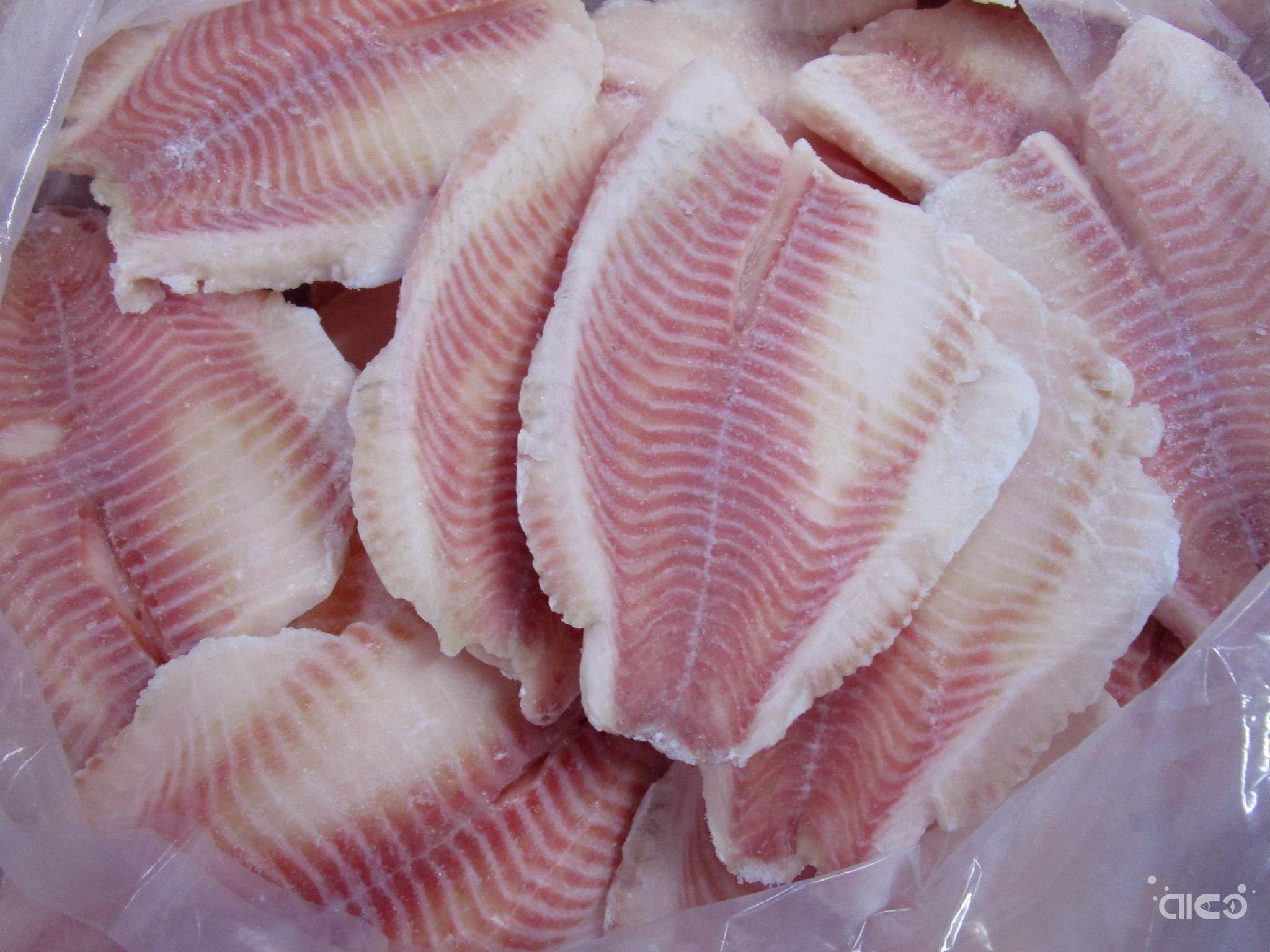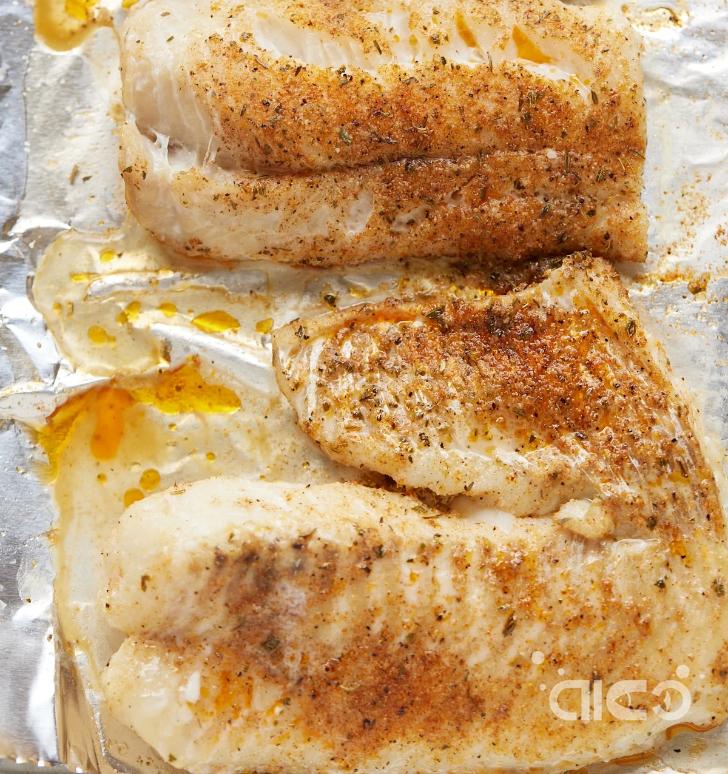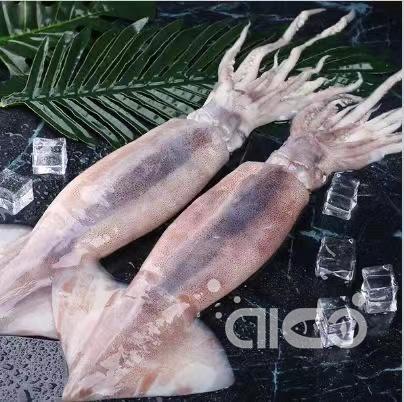How to Select and Store Tilapia? How Do You Cook Tilapia?
How to Select and Store Tilapia for the Best Quality Possible
You can buy raw tilapia fresh from the fish counter at your grocery store or individually wrapped as frozen fillets in the frozen-foods section. When it comes to selecting fish, including tilapia, you want to buy based on quality and appearance, as well as environmental impact.
When choosing tilapia, look for fillets that have firm, shiny flesh. Some will have been previously frozen, which is completely fine. (Your grocer should list “previously frozen” on the sign.) The edges of the fillet shouldn’t be discolored, dry, or mushy. Avoid fish that smells especially fishy — this could be an indication that it’s not fresh. If you’re buying frozen tilapia fillets, make sure that the package is firmly frozen (not partially defrosted), and there shouldn’t be ice crystals in the package, which indicates that it’s old. If possible, store in a cooler for the trip home. (12)

The Monterey Bay Aquarium’s Seafood Watch program recommends farmed tilapia as the “best choice” or “good alternative,” depending on the country they come from. Specifically, you can look for those that are raised in indoor recirculating tanks (worldwide), ponds (from Ecuador) or raceway farms (from Peru) if you want to find the greenest option. (13)
If your grocer doesn’t list where the fish is coming from or how it was raised, don’t hesitate to ask — the fishmonger should have this information. You can also look for eco certifications. These may be listed on the label or the front of the package of frozen tilapia. Two organizations that certify tilapia are Global Aquaculture Alliance (BAP) and the Aquaculture Stewardship Council. You can find certified tilapia in major retailers, like Walmart, Whole Foods, and Target, according to the National Fisheries Institute. (14)
Once you get it home, put it in your fridge or freezer immediately. (12) If it’s not prepackaged, rinse under cold water, dry with paper towels, and wrap in plastic warp. To ensure freshness, place on ice as well. You can also freeze it by wrapping in freezer bags or foil before stashing in the freezer. (12)
How Do You Cook Tilapia? 3 Preparation Methods to Consider
Tilapia can be tasty when prepared with a variety of spices and seasonings, making it a versatile fish. It’s also incredibly quick to cook, so it can help you get dinner on the table in a flash. Here are a few ways to cook tilapia tonight:
Steam Top tilapia with a variety of vegetables and wrap in a foil packet. Grill for five minutes or heat in the oven at 425 degrees F for 20 minutes. Try Tilapia and Summer Vegetable Packets or Lemon Herb Tilapia With Zucchini.

Sear Rinse fish and pat dry with paper towels, then lightly season with salt. Cook fish for two minutes per side in a hot, oiled skillet. Try Healthified Seared Tilapia With Tarragon Sauce.

Bake In a 425 degree F oven, bake fish uncovered for 20 to 25 minutes. For a crunchy, nutty flavor, try Pecan Crusted Tilapia.






